Museum of the Month is a brand new series in which I share my experiences of visiting unique and often strange museums from around the world. My aim is to rebuff the notion that museums are boring!
Nestled to the side of the Spanish Steps and from one of Rome’s most famous squares, Piazza di Spagna, lies the Keats-Shelley Memorial House. Surprisingly, despite its central location, the museum remains a hidden gem.
The Keats-Shelley Memorial Museum is a must-do experience for literature lovers, but for those who don’t identify as such, it also offers a quiet space to escape the sprawling crowds of Rome.
John Keats and Percy Bysshe Shelley were contemporaries, and friends. The two poets met in 1816 when Keats was introduced to Shelley by writer Leigh Hunt. After meeting, they developed a friendship based on their shared interests in poetry and their similar romantic and idealistic views. In modern day terms, you’d call it a bromance!
While Shelley encouraged and supported Keats in his poetic endeavors, Keats, in turn, admired Shelley’s work and was influenced by his ideas. The two poets exchanged letters and engaged in discussions about poetry, philosophy, and the arts. Inside the museum you will discover some of these letters.
Rome may seem like an unusual place to commemorate two British writers, but both these Romantic poets have connections to the Italian capital.
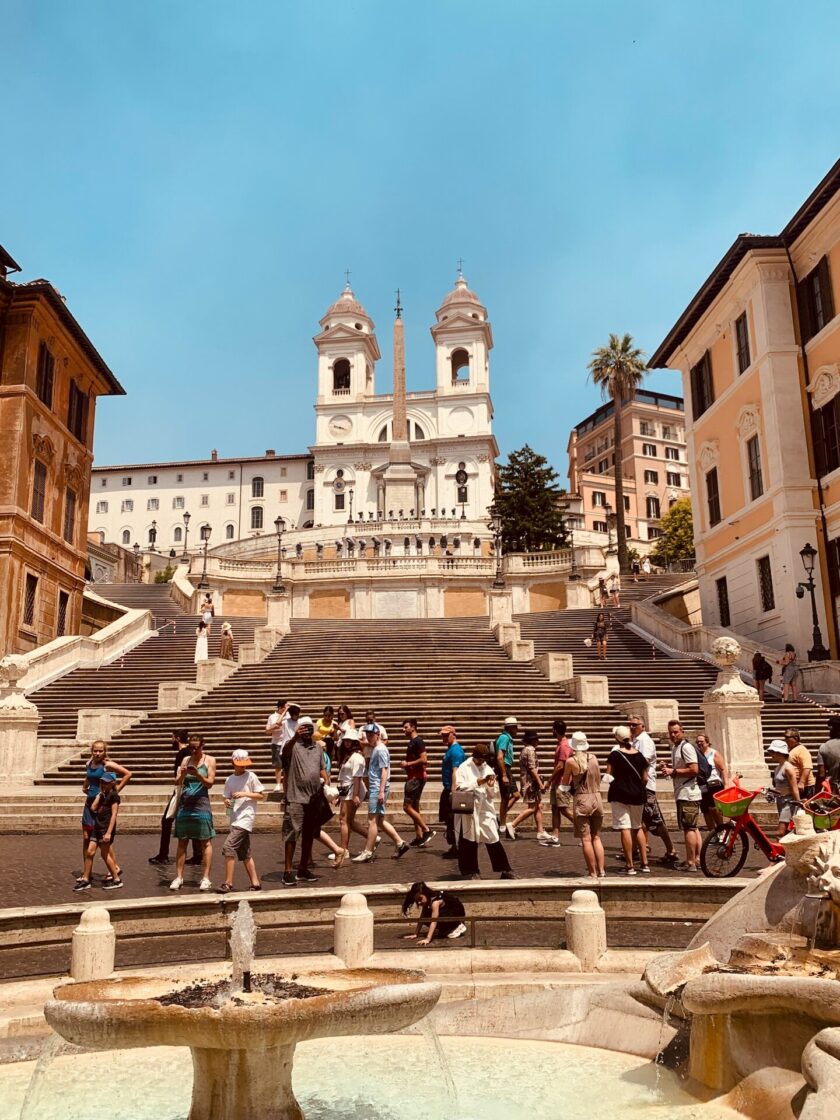
Keats' arrival in Rome
Keats produced work of the highest quality, before sailing to Italy in 1820, in a last desperate attempt to regain his health during the final stages of tuberculosis.
On the urging of friends and doctors who had hoped that the warmer climate may improve his health, Keats and his companion, British portrait painter Joseph Severn, found an apartment in Rome which they were to spend the next four months together.
Although the museum is named the Keats-Shelley Memorial House, more focus is placed on Keats because at the tender age of 25, Keats sadly passed away inside the house.
Inside the Keats-Shelley Memorial House
As soon I stepped foot inside, I felt it was something special and I was happy to be escaping the crowds. Only metres away from a huge mass of tourists and street vendors, I wondered how I was still in Rome.
Upon arriving, you will be whisked to a small room to watch a short documentary on the lives of Keats and Shelley. It’s the ideal introduction, particularly if you’re not well acquainted with their lives and work – you certainly will be after your visit.
Each room is encased beautifully with dark wood panelling, with lightening that offers the perfect dimness to give the impression of olde-worlde charm. It feels almost like entering a small stately home in the English countryside.
As you might imagine from a place being the final resting place of a significant Romantic poet, the museum takes visitors on a moving journey lightly peppered with humour.
You will discover a plethora of beautiful first-edition books and handwritten letters exchanged between Keats and Shelley.
These are not the only letters you’ll see penned by famous writers either. I was delighted to see handwritten letters by Jorge Borges and Oscar Wilde, both of whom adored Keats. I also read letters by Byron, who was friends with Shelley but was said to be in a freud with Keats (big egos I think!), and Wordsworth who Keats took inspiration from.
Visitors will also have the chance to enter the well-preserved room that Keats sadly passed away in. It contains locks of his hair, several portraits, and Keats’s death mask. The remains virtually unchanged since Keats’s death. Or so it seems…
O he will mourn over every circumstance to me whist I cool his burning forehead - until I tremble through every vein in concealing my fears from his staring glassy eyes – how he can be Keats again from all this I have little hope.
A letter from Joseph Severn to Charles Brown, 17th December 1820
Everything must be burned...
The room in which Keats finally passed away looks untouched but is actually a replica. According to the Vatican law at the time, it was decreed that everything in the room, including the bed and curtains, should be taken outside and burned. What a travesty!
It was mistakenly thought at the time that in doing so would prevent the spread of infection. The fireplace, however, is original and is where Joseph Severn used to heat up Keats’ food.
You will have the chance to read several letters by Severn concerning Keats, including those that detail the finals days and hours spent with Keats before his death.
He is gone–he died with the most perfect ease–he seemed to go to sleep. On the 23rd, about 4, the approaches of death came on. “Severn-I–lift me up–I am dying–I shall die easy–don’t be frightened–be firm, and thank God it has come!” I lifted him up in my arms. The phlegm seemed boiling in his throat, and increased until 11, when he gradually sunk into death–so quiet-that I still thought he slept. I cannot say now-I am broken down from four nights’ watching, and no sleep since, and my poor Keats gone [...]
Joseph Severn recalling to Charles Brown Keats’ final moments
Final thoughts
The person who ushered us into the small museum was a lovely English girl. After acknowledging each others’ British accents, I discovered she was studying Literature in Rome. I replied what a fabulous and inspiring place to work, and she confirmed my thoughts with a big smile on her face. I can’t think of a better place for a student studying Literature to be. Not only will working here be informing her studies, but more importantly, her experience of life.
I studied literature for my undergrad and it kind of made me think that I should read more. I used to read all the time, but I’ve fallen out of the habit, however visiting this museum has inspired me again.
Regardless of what you do, or the books you read, and the books you don’t read, this place is inspiring.
Where to go next...
After visiting the museum, I suggest extending your literary trail to the Protestant Cemetery (non-Catholic Cemetery), one of the great memorials to the English in Rome.
Both Keats and Shelley are buried there, along with a number of other famous names. Shelley’s ashes were brought there at Mary Shelley’s request, and he was buried in the newer part of the graveyard. Keats lies next to his friend, Joseph Severn, in an old part of the cemetery near the pyramidal tomb of Caius Cestius, who died in 12 B.C.E. His stone is inscribed with the words: “here lies one whose name was writ in water”.
If you’re looking for more alternative things to do in Italy’s capital city, make sure to read: 8 Unusual & Quirky Things to do in Rome.
General Information
How to get there: Head over to the Spanish Steps at Piazza di Spagna 26.
Admission Fee: Adults €5, Under 18s €4, free for children under 6.
Opening Times: 10am-1pm, 2-6pm Mon-Fri, 11am-2pm, 3-6pm Sat.
Website: www.keats-shelley-house.org

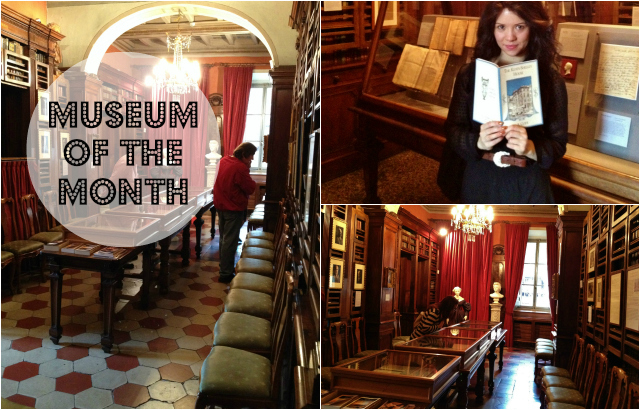
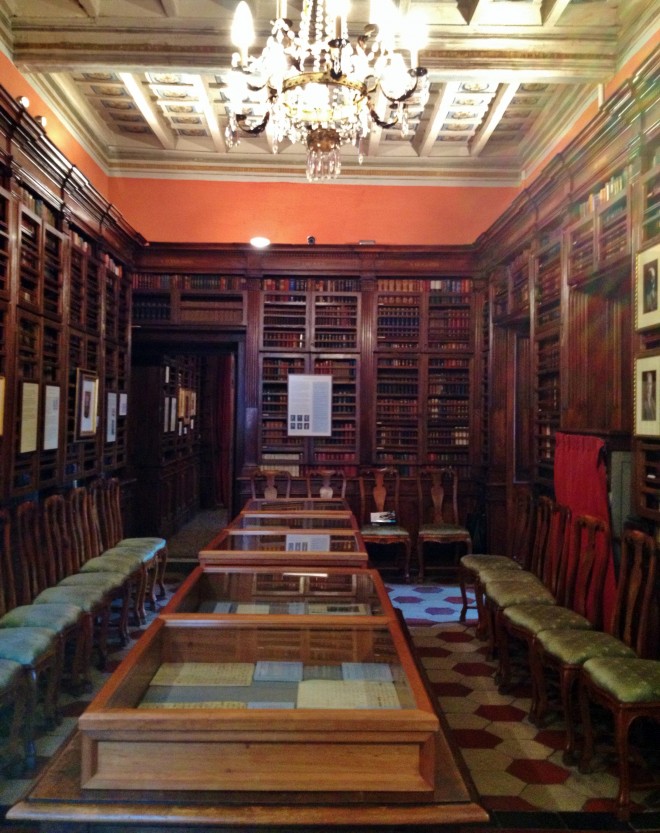
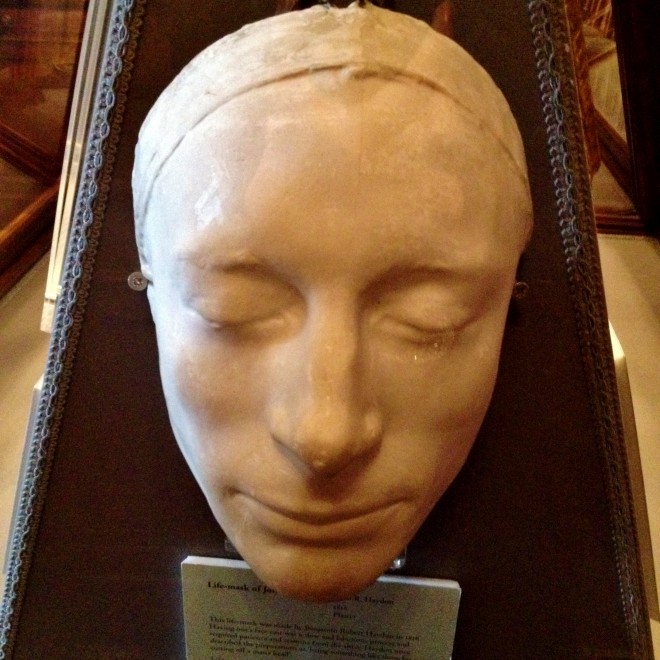
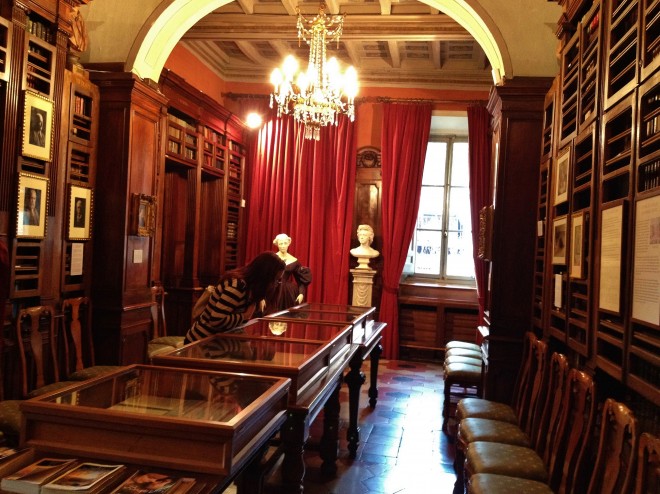

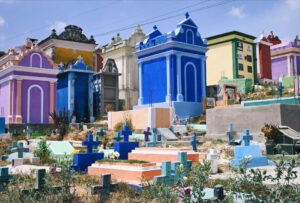
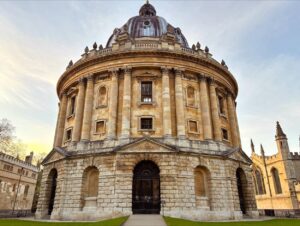

2 Responses
“…he died with the most perfect ease…” may we all be so blessed, huh? That was quite a quote by Severn. I’m so glad you are doing this series, Shing. What fascinates me once again is you sharing about a place I might mistakenly dismiss and walk right past. Therefore, missing out an amazing experience. I love poetry by the way. Good post…
I know, right?! If I appear half as serene in my moment of mortality as Keats did then I’m not too worried when it happens! I’m glad you like the series, some of these are pretty niche but I’m sure they’ll appeal to some people hopefully! Museums give us so much to learn about!